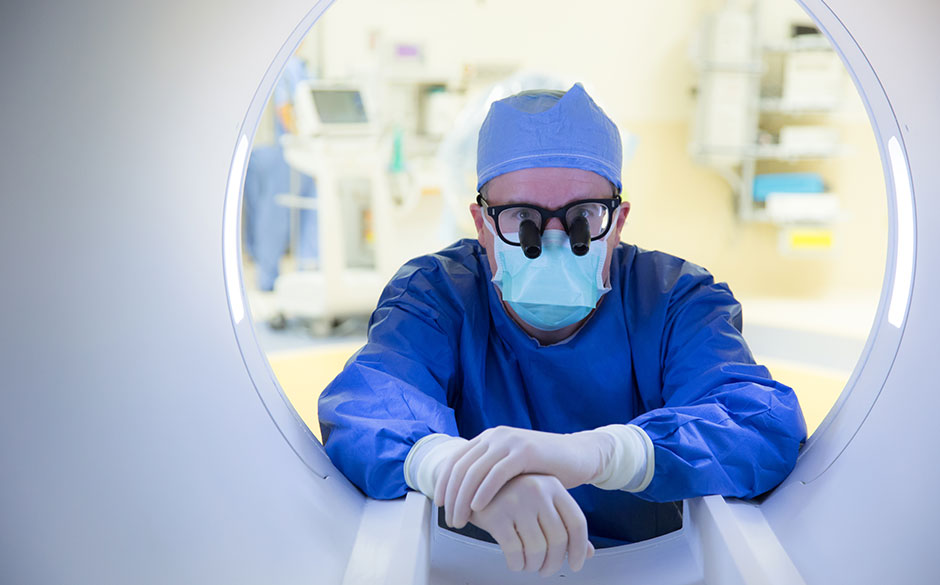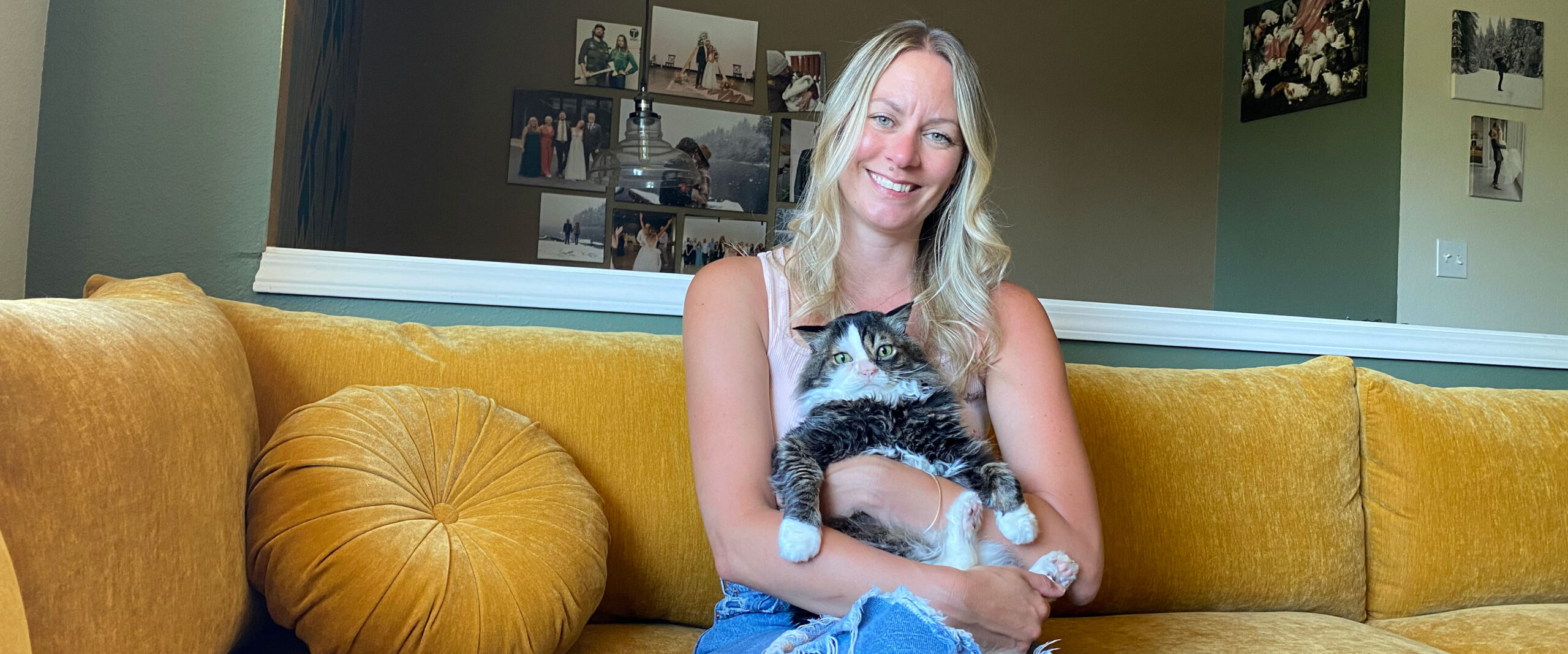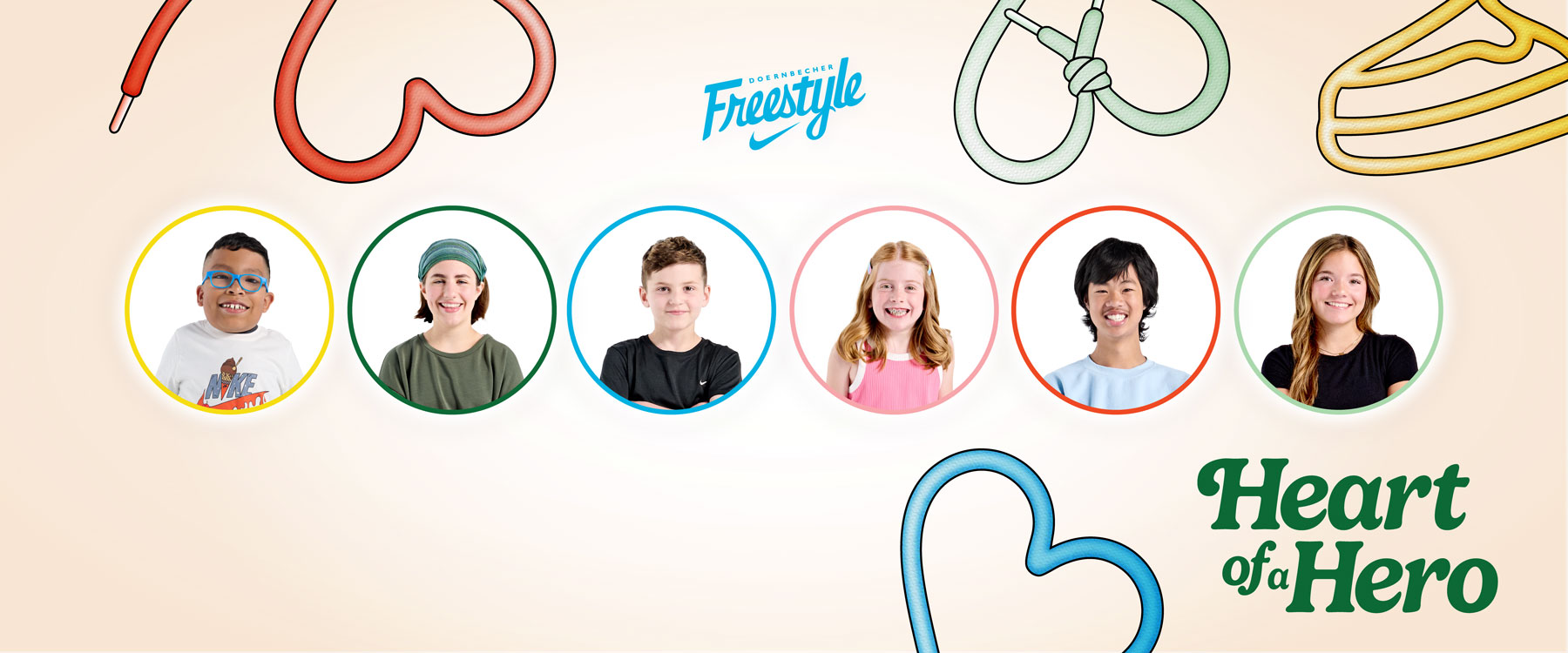Overall, cancer in children is rare. But Joe, Ethan and Sophia battled the two most common types: brain tumors and leukemia. Here are six things to know about the pediatric cancers they faced:
- All brain tumors are cancer. All brain tumors are eventually fatal or disabling without treatment.
- Brain tumors are the 2nd most common cancer and a leading cause of cancer death in the pediatric age group.
- Low grade brain tumors can potentially be cured with surgery alone and do not necessarily need chemotherapy or radiation. In such cases, very complete and accurate surgery is needed to achieve a cure. Doernbecher’s advanced intra-operative MRI technology (“iMRI”) allows surgeons to visualize brain tumors during surgery itself, greatly enhancing the precision of tumor removal as well as preserving normal function. iMRI improves safety and enhances the ability to cure.
- Burkitt leukemia is a rare, fast-growing type of blood cancer. This cancer occurs when too many white blood cells called B lymphocytes form in the blood and bone marrow. These B lymphocytes are similar to those of the most common childhood cancer, acute lymphoblastic leukemia, except that they become cancer at a more mature stage of lymphocyte development.
- Leukemia is the most common cancer in children and teens, accounting for almost 1 out of 3 cancers. Overall, however, childhood leukemia, like all childhood cancers, is a rare disease.
- Survival rates for Burkitt Leukemia increased from 50% in the 1980s to a more than 90% cure rate in 2010. This advance was made possible by increasing the intensity and frequency of chemotherapy agents along with aggressive supportive care, like antibiotics, blood product transfusions, and kidney dialysis.




